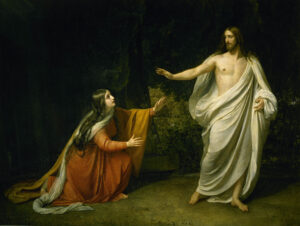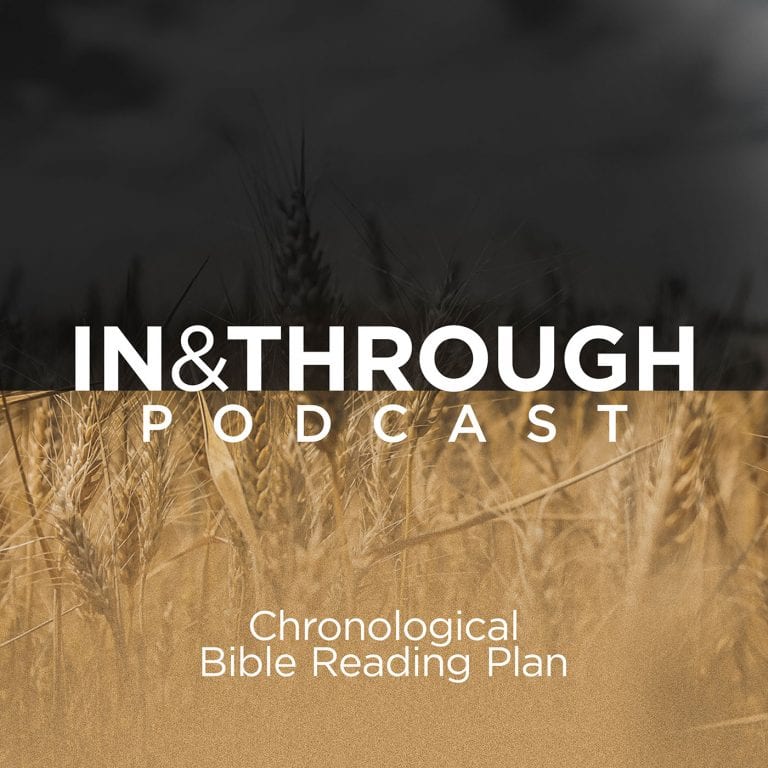During the past months, many religious leaders had been calling on the Ontario government to ease its total ban on corporate worship services. In June, the Ford government amended an executive order, permitting religious ceremonies, including weddings and funerals, at 30% building capacity. In our current context, this is a good decision not only because the Charter of Rights demands this response, but also because churches unify diverse people and can trace contacts well.
Charter of Rights
The Supreme Court of Canada has repeatedly stated that there is no hierarchy of rights. The right to peacefully assemble in order to protest (guaranteed by section 2(b) and 2(c) of the Charter) is not a higher right than the freedom to peacefully gather for religious worship (protected by section 2(a) and 2(c) of the Charter). Both scenarios are subject to reasonable limits in the law. But those limits must be equitably applied. Governments cannot pick and choose favourites.
To see how this works in other areas of society, consider how thousands recently joined protests against racism in Toronto and Ottawa in direct violation of Ontario’s Regulation 52/20, which prohibited “an organized public event of more than five people.” The same order banned “a gathering of more than five people for the purposes of conducting religious services, rites or ceremonies.” As many saw these massive marches filling public streets, they asked why other important gatherings––for weddings, funerals, and worship––were not permitted at all.
We certainly do not begrudge our fellow citizens their right to peacefully assemble to highlight and condemn injustice. But the Charter of Rights and Freedoms demands that, if provincial governments turn a blind eye to assemblies for mass protests, then those same governments ought to lift certain restrictions on assemblies for corporate worship.
Unity and Contact Tracing
The interconnectedness of a religious community can be an advantage during a pandemic. Due to their interconnectedness, churches have excellent contact tracing. In mass protests, grocery or retail stores, and restaurants, follow-up with individuals who have been exposed to COVID-19 is very difficult, if not impossible. Contact tracing becomes time-consuming and resource-intensive. Many contacts fall through the cracks and end up labelled as “unknown community spread.”
In contrast, churches can quickly and effectively respond to an outbreak. If a member of a congregation were to become infected, an email from a pastor can quickly notify an entire congregation of the need for testing and isolation. Because the vast majority of people in a congregation know each other by name, any interaction will be remembered and acted on. Faith communities will cheerfully cooperate to reduce the spread of the virus.
Ironically, a church’s superior ability to do effective contact tracing has been turned against it. Because spread at a church is easy to identify, it may appear that churches are at higher risk than other locations. But churches are not actually higher risk than other gatherings. A large protest has a similar or greater risk, but any outbreak is harder to track and manage. A church should not be penalized simply because it is effective in its capacity to trace an outbreak. Keep this in mind as reports inevitably come in about an outbreak in one or another church.



















